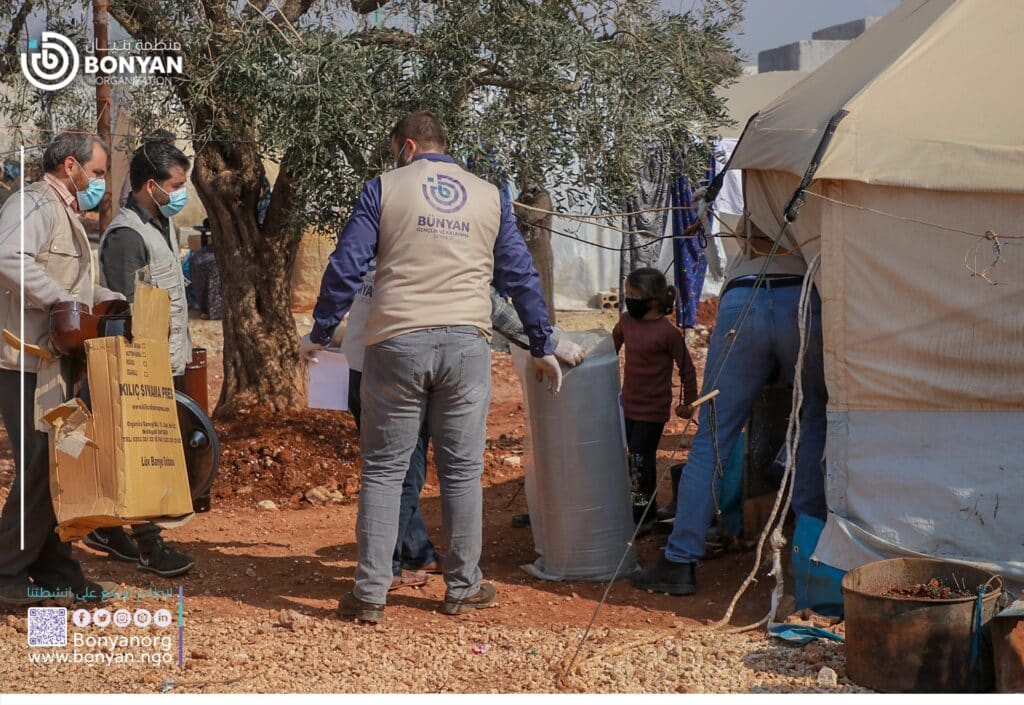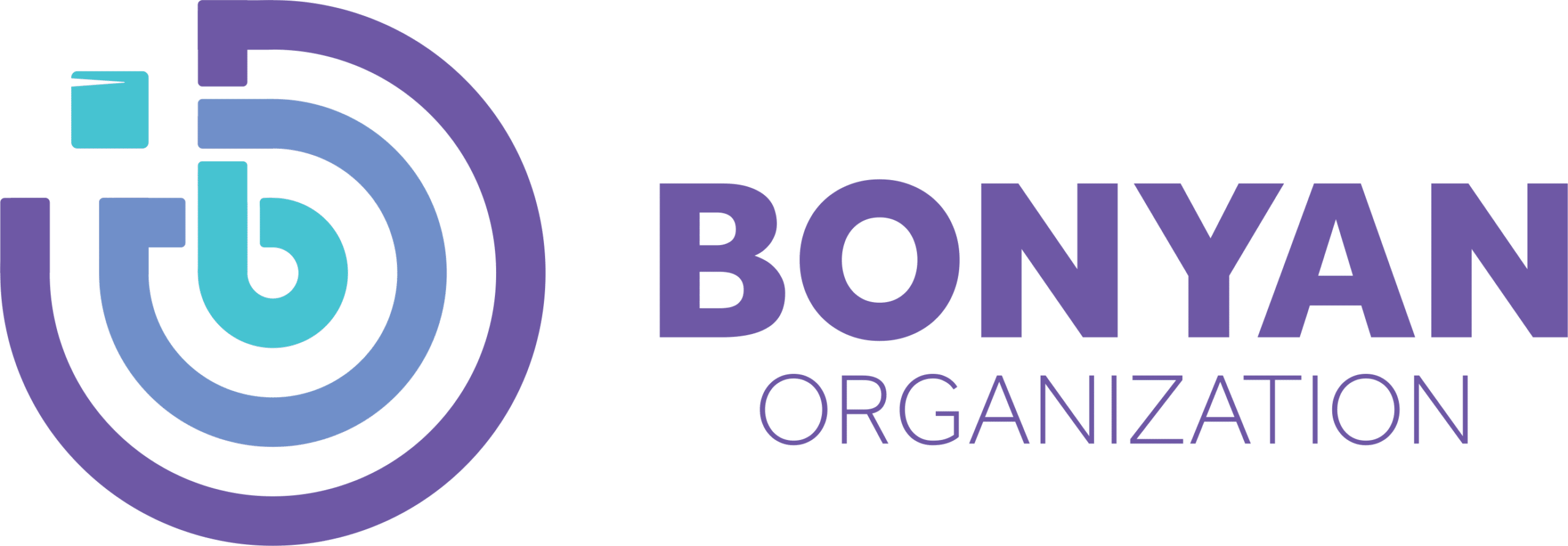Refugee communities are among the most vulnerable as they are in a humanitarian crisis that has been going on for over a decade now.
At Bonyan Organization, we help ensure that their fundamental needs are met.
The early recovery and livelihood program is one of the initiatives that we make sure to implement to reestablish the refugee communities.
In this article, we will cover the key points relevant to this initiative.
Understanding The Importance of Livelihood in Early Recovery
The early recovery and livelihood program is a humanitarian activity aimed at assisting communities affected by disasters, conflicts, or crises.
Among the communities that the early recovery and livelihood program seeks to help is the refugee community.
This program is concerned with building and recovering these communities to restore the basic facilities, services, and infrastructure.
It also aims at restoring the training and livelihood opportunities for the people living in these communities.
Moreover, it entails promoting the resilience of such communities and their long-term development.
Among the facilities and services provided by the early recovery and livelihood program are:
- New homes.
- Healthcare facilities, such as hospitals and clinics.
- Schools.
- Roads.
Steps to Implementing an Effective Early Recovery and Livelihood Program
There are some strategies that should be used in order to effectively implement the early recovery and livelihood program. These include:
- Developing a sound understanding of refugees’ needs and priorities in order to identify feasible assistance options.
- Constantly reassessing the efficiency of the implemented initiatives to address the changing needs and demands of the refugee communities.
- Developing the necessary tools and methodologies to help generate reliable data from the refugee communities.
- Involving the refugees in the process of identifying the challenges that need to be tackled in their communities and re-evaluating their real needs.
Assessing Community Needs for Livelihood Assistance
To assess the needs of the refugee communities for livelihood programming, there are often 5 main categories that need to be evaluated. These are:
- Human capital.
-
- In this category, the criteria that should be assessed are labor power, health and nutritional status, and the occupational skills and knowledge of the refugees.
- Natural capital.
-
- Under this category refugees’ access to land, water, wildlife, flora, etc. is evaluated.
- Social capital.
-
- This category is concerned with evaluating the networks and norms that refugees draw upon in order to solve problems.
- Physical capital.
-
- In this category, refugees’ access to houses, vehicles, equipment, and livestock is evaluated.
- Financial capital.
-
- This category has to do with assessing refugees’ access to savings, income, insurance, etc.,

Challenges and Opportunities in Early Recovery Livelihood Programming
Challenges faced by NGOs and humanitarian organizations in the field of early recovery livelihood programming face include:
- There is no common standard framework for this program due to its novelty.
- The importance of humanitarian and livelihood principles in different contexts has yet to be systemically evaluated in different contexts.
- Lack of coordination mechanisms between agencies to set a common framework for action.
The early recovery livelihood program presents a host of opportunities to the communities it works with.
That is, it is concerned with the development of the refugee communities and equipping them with different infrastructure, facilities, and services.
In addition, it works on creating new livelihood opportunities for the refugees and providing them with occupational training, which will benefit them in the long run.
Monitoring and Evaluating Early Recovery and Livelihood Programs
In order to assess and evaluate the early recovery and livelihood program, NGOs and relief organizations adopt the Livelihood Asset-Status Tracking method which is used to monitor large livelihood projects.
This kind of method uses an assessment sheet to describe the range of household situations in the following aforementioned categories:
- Human capital.
- Natural capital.
- Social capital.
- Physical capital.
- Financial capital.
Support our early recovery and livelihood activities at Bonyan to help reconstruct the refugee communities and provide them with their basic needs.
Multiple refugees are living in harsh conditions with no access to their basic necessities, such as food, water, and shelter.
Thus, it is our duty to stand in solidarity with refugees, sympathize with their cause and help rebuild their communities.
This could be done by equipping them with services and infrastructure, such as schools, healthcare facilities, and roads.
Donate now and help revive the refugee communities!
Resources
- Monitoring the livelihood platform: reflections on the operation of the Livelihood Asset-Status Tracking method from India and Malawi.
- Global Cluster for Early Recovery (GCER).
- What is Livelihoods Programming? (Special Supplement 3).
- Issues and challenges for livelihoods programming in emergencies (Special Supplement 3).
FAQs
What are early recovery activities?
Early recovery activities are concerned with addressing the recovery needs that arise during the humanitarian period of the emergency.
What are the livelihood programs?
Livelihood programs target refugee communities by giving them food items or money as relief assistance to meet their basic needs.
What are the examples of livelihood activities?
Examples of livelihood activities include securing water, food, medicine, shelter, and clothing.
What are livelihood projects for the poor?
Livelihood projects for the poor aim at improving their living conditions and providing them with employment opportunities, education, healthcare, etc.
Content
- Understanding The Importance of Livelihood in Early Recovery
- Steps to Implementing an Effective Early Recovery and Livelihood Program
- Assessing Community Needs for Livelihood Assistance
- Challenges and Opportunities in Early Recovery Livelihood Programming
- Monitoring and Evaluating Early Recovery and Livelihood Programs
- Resources
- FAQs



